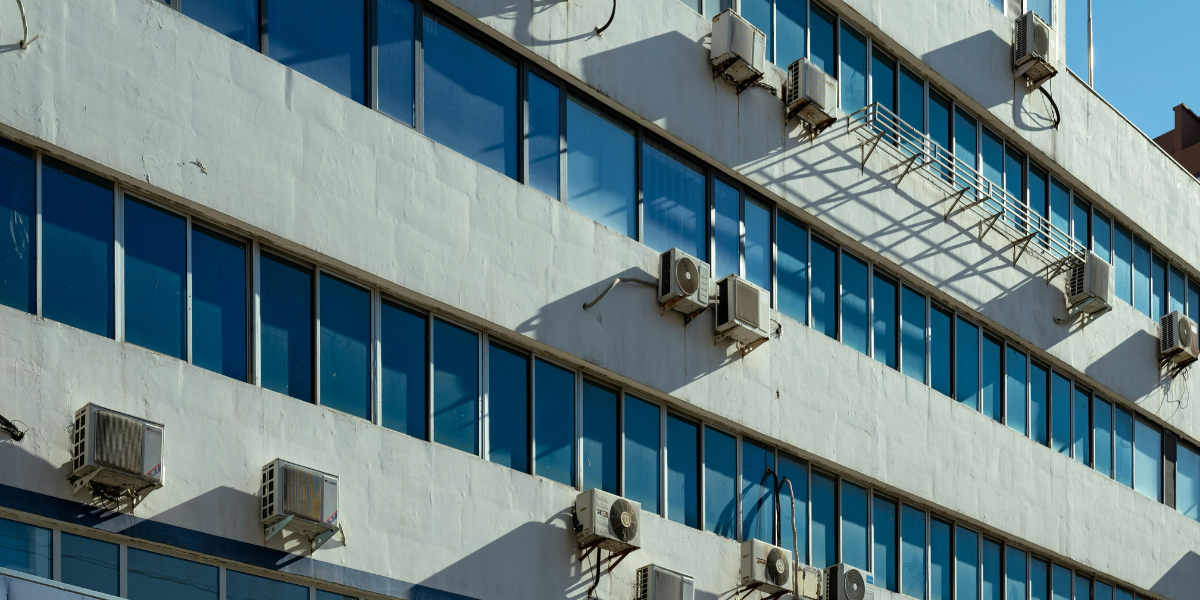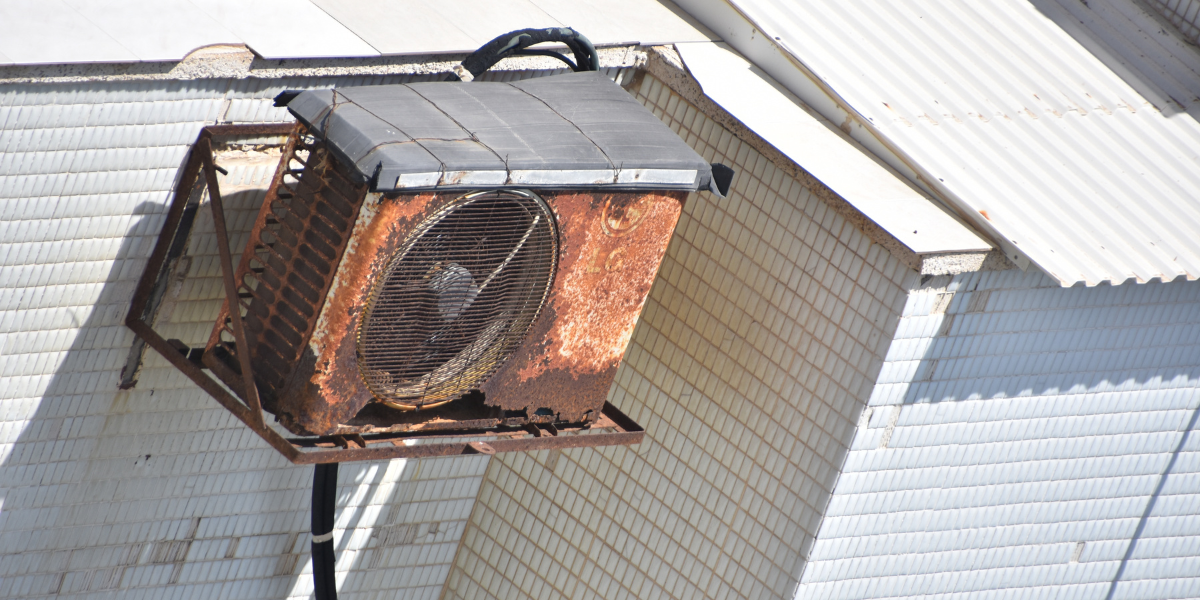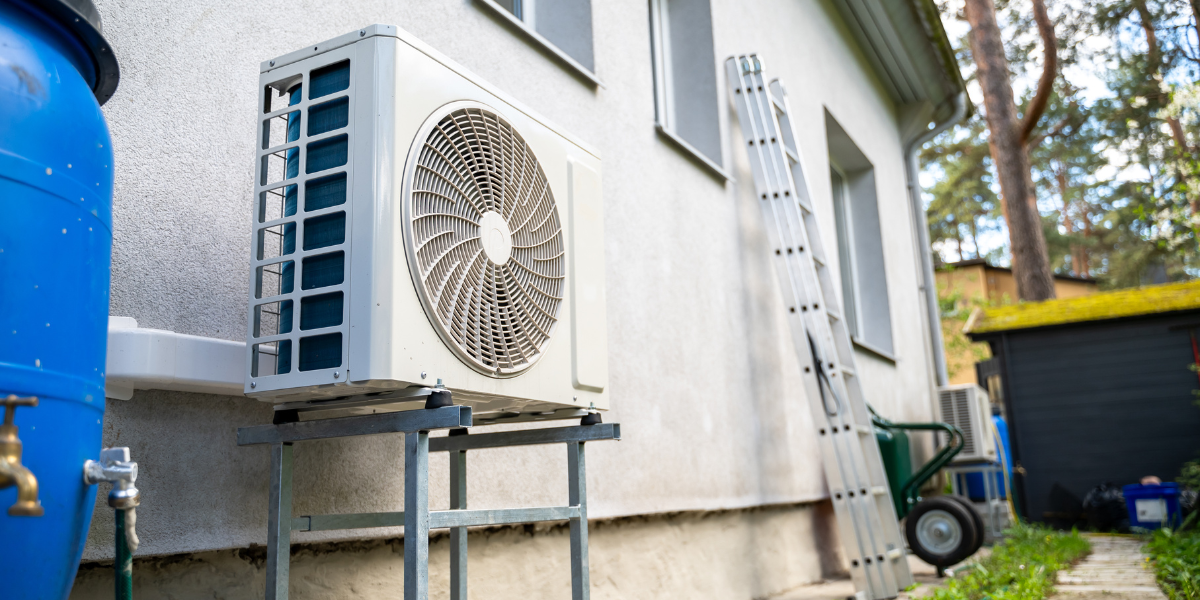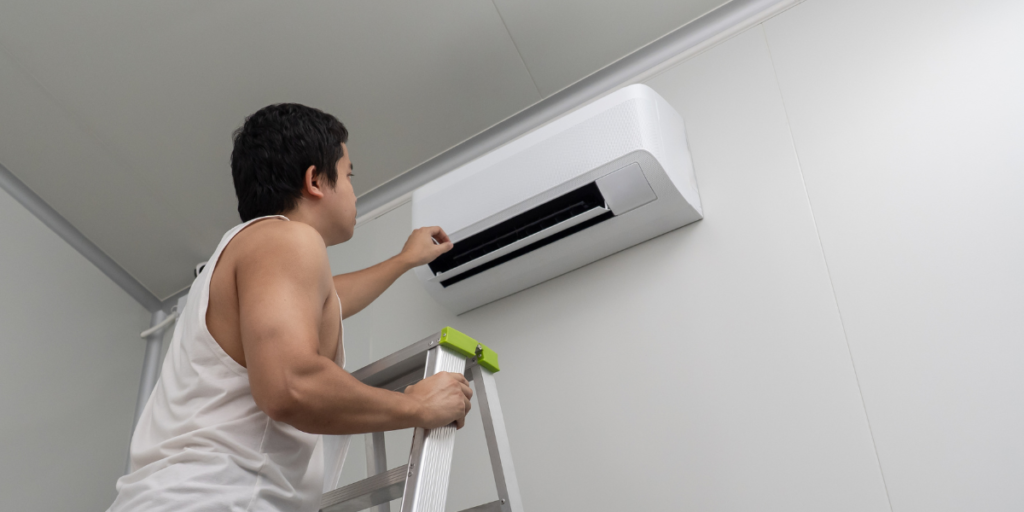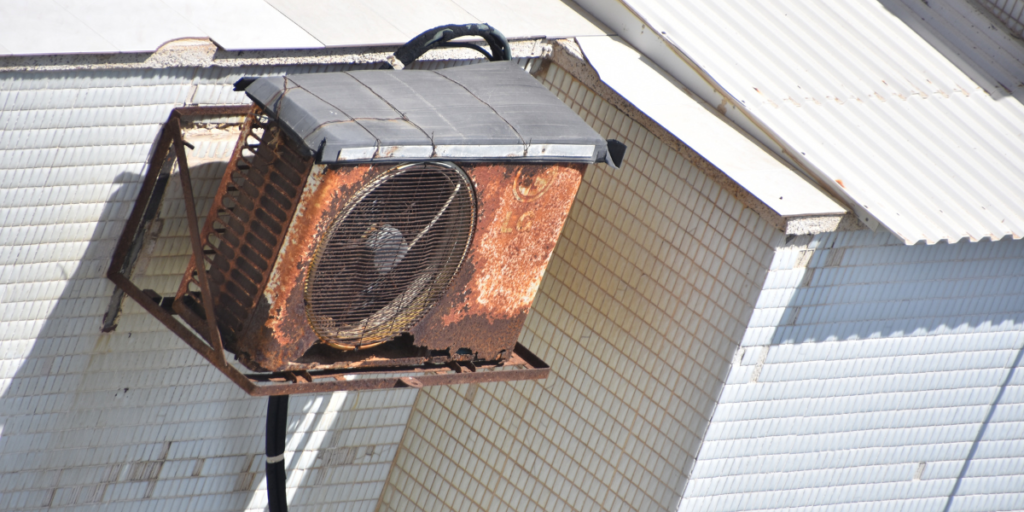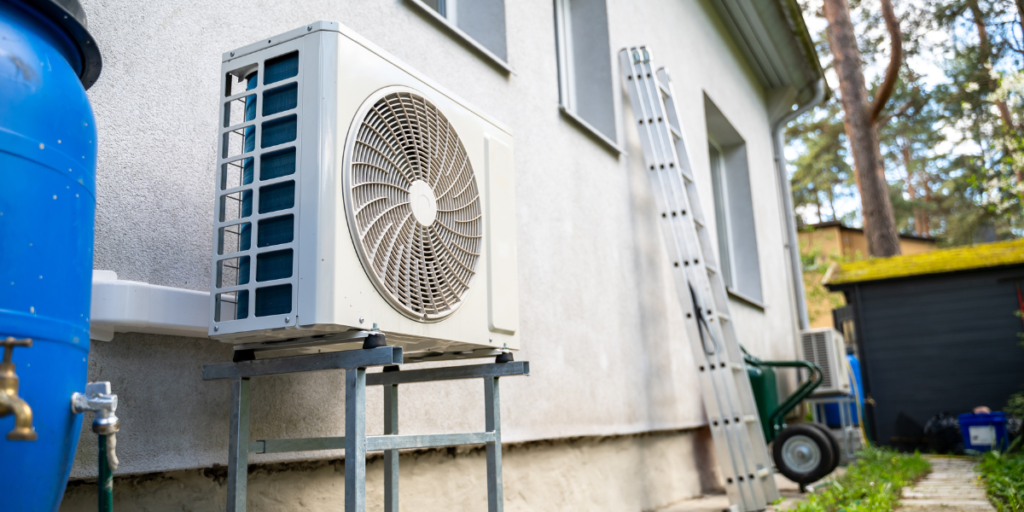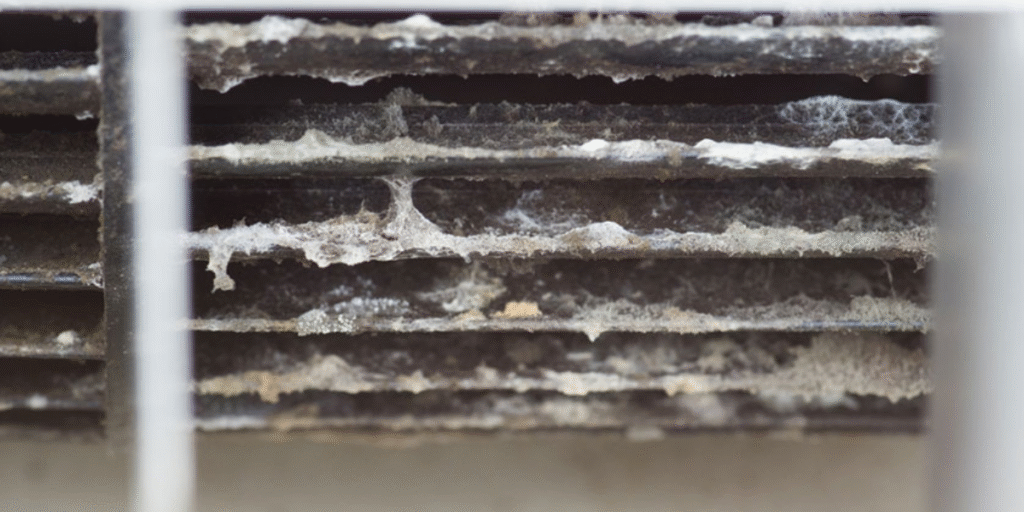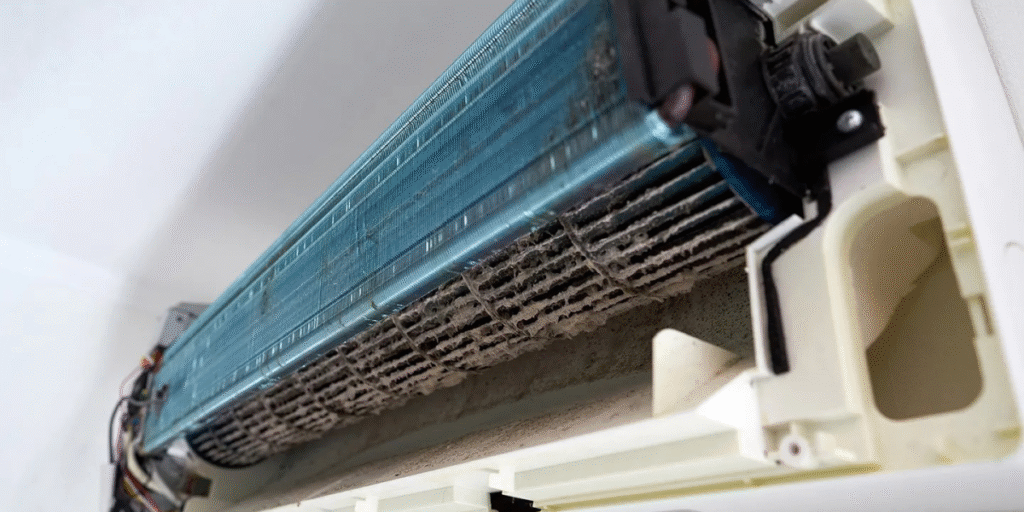When it comes to managing a hospital during winter, heating isn’t just about comfort, it’s about care. At DEEPCHILL, we understand how crucial indoor temperature is in healthcare settings, especially when the weather turns cold. Whether you’re overseeing a private clinic or managing a large facility, maintaining the right temperature for hospitals during winter is a fine balance of comfort, safety, and compliance.
Table of contents
Let’s break down what makes this balance so important and how modern HVAC and air conditioning Gold Coast services can support your hospital all season long.

Why temperature control matters in hospitals
1. Patient comfort and recovery
Pain Treatment Center of America said winter can amplify patient discomfort, especially for those with respiratory issues, burns, or chronic pain. A well-heated hospital environment doesn’t just offer physical warmth – it creates a calming, healing space that reduces stress and supports recovery.
- Burn patients often need warmer rooms to maintain core body temperature.
- Elderly patients and those with arthritis benefit from steady warmth that eases joint stiffness.
- For chemotherapy patients experiencing hot flashes or chills, temperature flexibility is key.
2. Staff performance and safety
Healthcare staff spend long hours in demanding conditions. Reported by Resilient Services, a well-regulated environment helps prevent fatigue, improves focus, and boosts morale. On cold winter days, inconsistent or overly warm heating can leave staff uncomfortable and distracted.
By maintaining consistent indoor temperatures, hospitals reduce the risk of:
- Heat-related fatigue in active departments
- Cold-induced discomfort in quieter areas
- Germ transmission between wards due to unstable airflows
3. Infection control
Temperature and humidity play a major role in infection prevention. Many pathogens thrive in certain temperature or humidity ranges. During winter, when humidity levels tend to drop, it’s important to avoid air that’s too dry or too moist.
- High humidity encourages bacteria and mould in surgical and sterile areas.
- Low humidity can dry out skin and mucous membranes, increasing infection risk.
- Temperature fluctuations between rooms may disrupt airflow and spread airborne contaminants.
With the right HVAC system, these risks can be managed effectively.

The challenges of finding the ideal temperature
With over 40 years of experience and partnerships with hospitals across the Gold Coast, DEEPCHILL believes that every facility is unique and there’s no single “perfect” temperature that works for everyone. That’s exactly what makes winter temperature control so complex.
1. Large, complex buildings
Hospitals often consist of multiple departments, wings, and even separate buildings. Regulating consistent heating across these zones – each with different usage and ventilation needs – is no easy task.
2. Diverse patient requirements
Some wards, such as maternity, neonatal, and surgical recovery, require warmer environments. Others – like operating theatres – must remain cooler for staff comfort and equipment performance.
Add in seasonal visitors and patients with varying health conditions, and temperature demands can differ room to room.
3. Internal heat sources
Hospitals generate heat from lighting, medical equipment, and even body heat. In winter, this can sometimes overcompensate, creating hot pockets while the rest of the building stays too cold.
Doors constantly opening to the outside also allow cold air to rush in. Without zoned systems and proper insulation, these temperature swings can be hard to control.
4. Budget and compliance pressures
Heating large hospitals through winter can be costly. But healthcare facilities in Gold Coast and across Australia must also comply with strict government regulations. According to Victorian Health and Human Services, these include:
- Sterile storage areas should be kept between 21–24 °C (70–75 °F)
- Relative humidity in these areas should stay between 30–70%, with a recommended upper limit of 60–70%
- Pharmaceuticals and vaccines must be stored at specific temperature ranges outlined by the TGA and Australian health authorities
Balancing comfort, compliance, and energy efficiency is no small task. The only way to achieve this is through high-performing HVAC systems and accurate environmental monitoring.
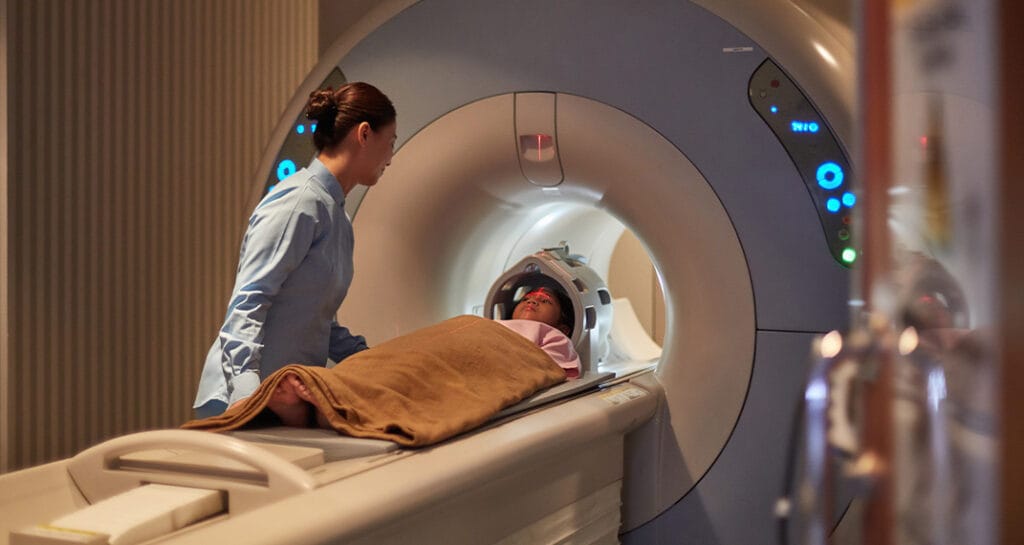
What’s the recommended temperature for hospitals in winter?
In Australia, hospital HVAC design follows national and international guidelines adapted to local conditions. Here’s a general winter temperature guide for healthcare zones, from Australasian Health Infrastructure Alliance:
| Hospital Zone | Recommended Temperature |
|---|---|
| Patient Rooms | 21–24 °C |
| Operating Theatres | 20–23 °C |
| Maternity/Delivery Rooms | Around 24 °C |
| Sterile Storage Areas | 21–24 °C |
| Laboratories | Varies by process |
| Sleep/Recovery Rooms | 15–20 °C, adjusted for comfort |
Note from DEEPCHILL: These are guidelines, not fixed rules. Hospitals in Queensland, including Gold Coast, may need to adjust based on local weather, patient demographics, or treatment requirements.
Supporting Gold Coast hospitals this winter
Temperature might seem like a small detail, but in a hospital, it affects everything – from patient health and medicine storage to staff performance and infection prevention. That’s why maintaining the right temperature for hospitals during winter isn’t just a recommendation. It’s a responsibility.
If you manage a hospital or clinic on the Gold Coast, now’s a good time to check your system with DEEPCHILL.
Contact us today to schedule a consultation or winter system check.



